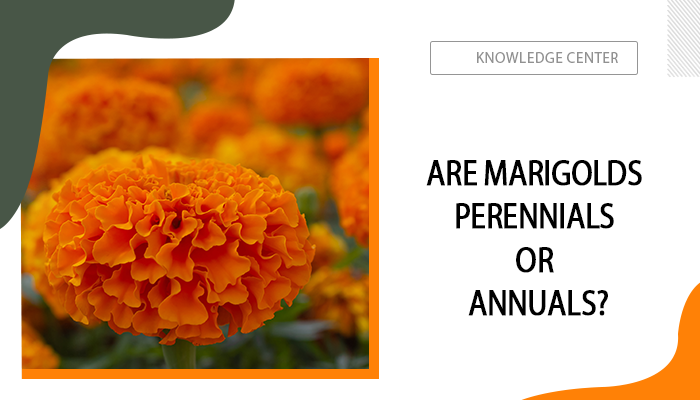Are Marigolds Perennials or Annuals?
Marigolds’ bright and vibrant blooms make them a popular choice for both personal and commercial gardeners. Suppose you are about to grow the marigolds, one question you may concern yourself with is, ‘Are marigolds perennials?’ Well, to give you a short answer - yes, some marigold species are perennials. That’s to say, there are other varieties of marigolds that are not perennials but annuals instead.
As a member of the Tagetes genus, marigolds are renowned for a diverse range of varieties. In addition to the commonly recognized French Marigolds and African Marigolds, there are more marigold species than you know. In the following content, we’ll get all varieties covered and offer a more comprehensive answer to ‘Are marigolds perennials?’ Stay tuned and follow on.
Table of Contents
Common Types of Marigolds
Marigolds (Tagetes) are a beloved and instantly recognizable group of flowering plants that are renowned for their striking colors, distinctive fragrance, and versatility. They are non-woody vascular herbs, lacking any above-ground woody stems. It's worth mentioning that the majority of annuals and biennials share this herbaceous characteristic, as their stems do not develop into enduring woody structures.
From the popular French Marigolds and African Marigolds to less well-known Marigold varieties, the following covers a wide range of Marigolds that will later be classified as perennials or annuals in the next section. Take your time to know these Marigolds.
French Marigolds (Tagetes patula)
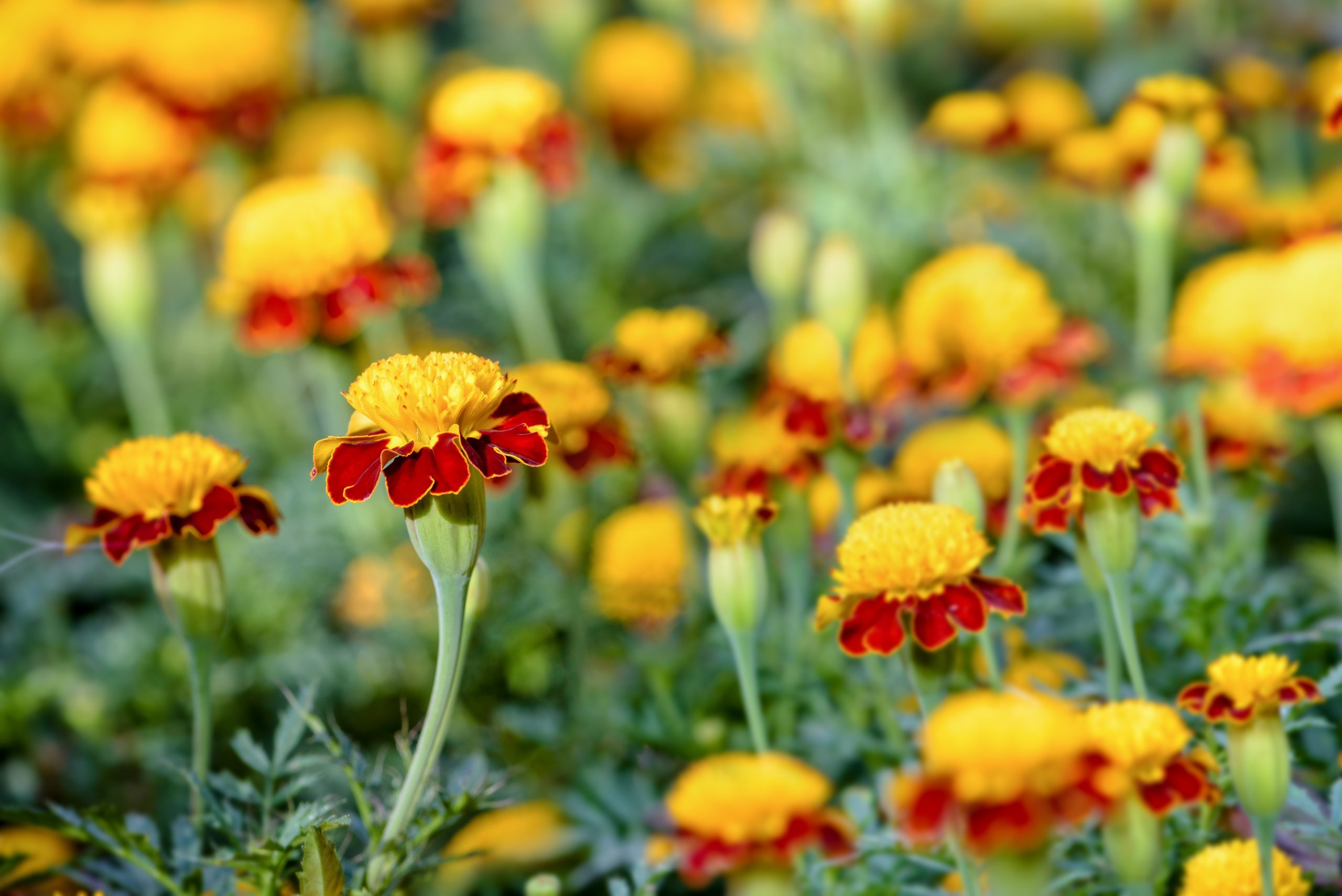
Native to Mexico and Guatemala, French marigolds have a preference for ample sunlight and warm to hot climates to ensure robust growth and vibrant blooms. They produce a profusion of small, carnation-like flowers in vibrant shades of yellow, orange, and red. French marigolds are relatively low-growing, usually reaching heights of 6 to 12 inches (15-30 cm).
African Marigolds (Tagetes erecta)
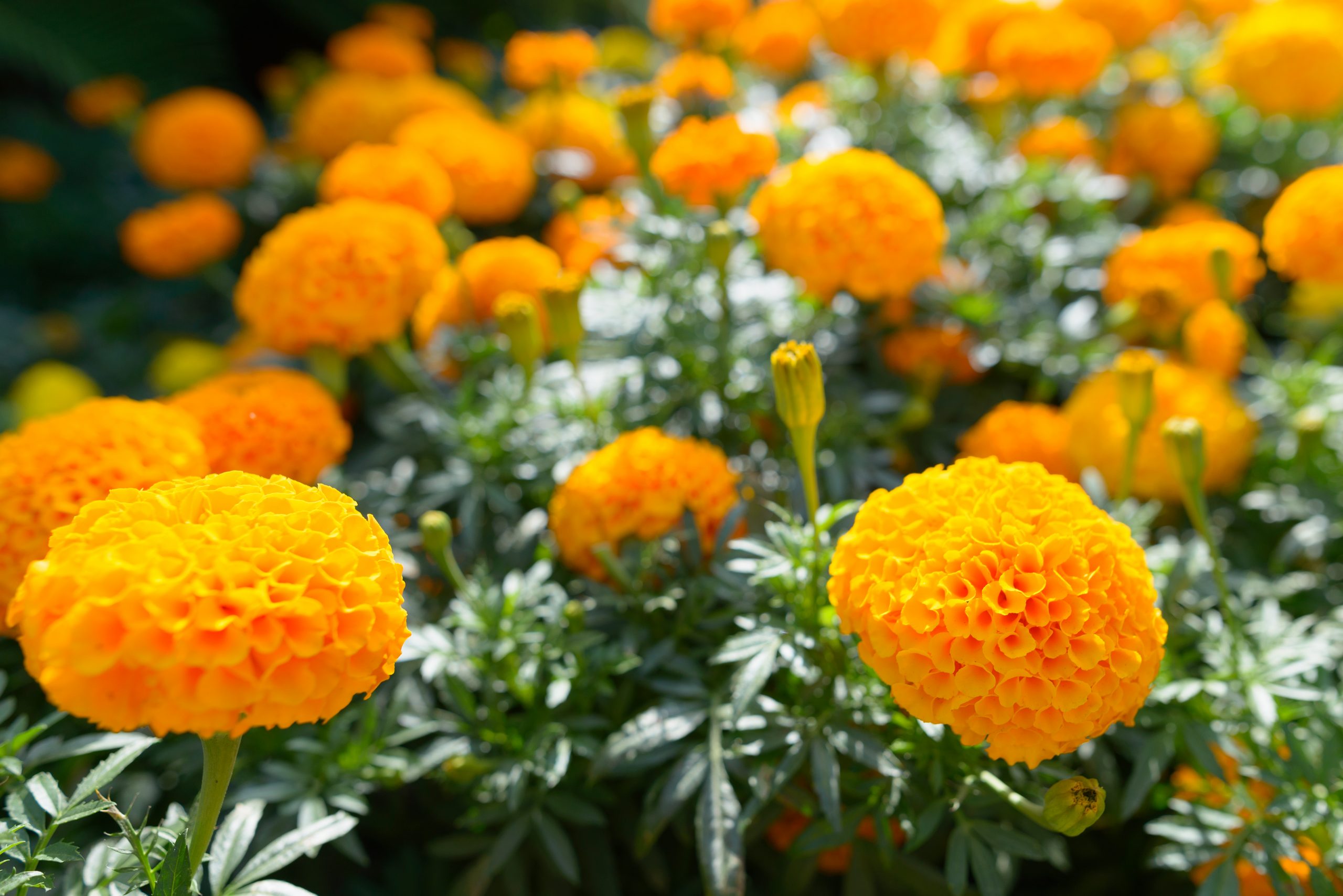
African marigolds, sometimes referred to as American marigolds, are the giants of the marigold family. They can reach impressive heights of up to 3 feet (90 cm) and produce large, globe-like flowers in shades of bright yellow and gold. These marigolds are often used as focal points in gardens and are also favored for their robust, long stems, making them excellent cut flowers.
Triploid Marigolds
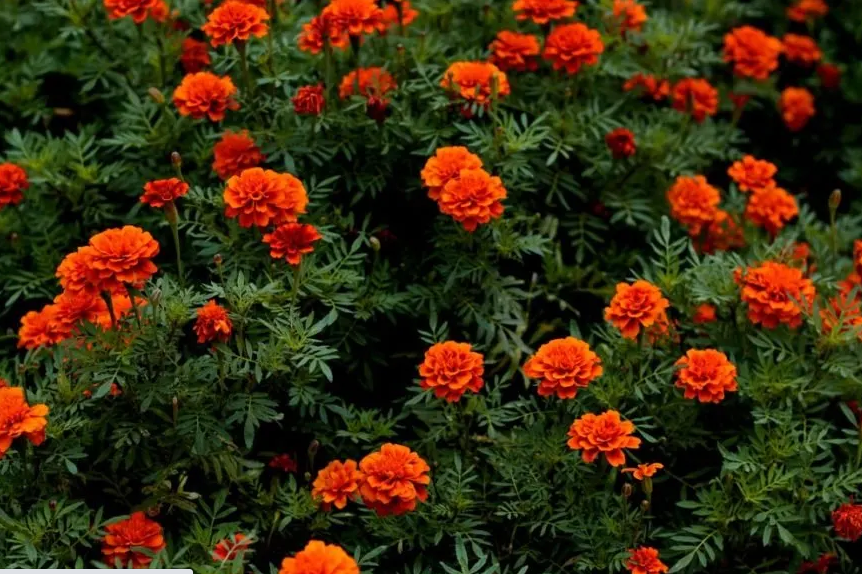
Triploid marigolds are a hybrid variety resulting from crossing French and African marigolds. They combine the compact size of French marigolds with the large, showy flowers of African marigolds. This hybrid offers a wide color palette and is versatile for both garden beds and containers.
Signet Marigolds (Tagetes tenuifolia)
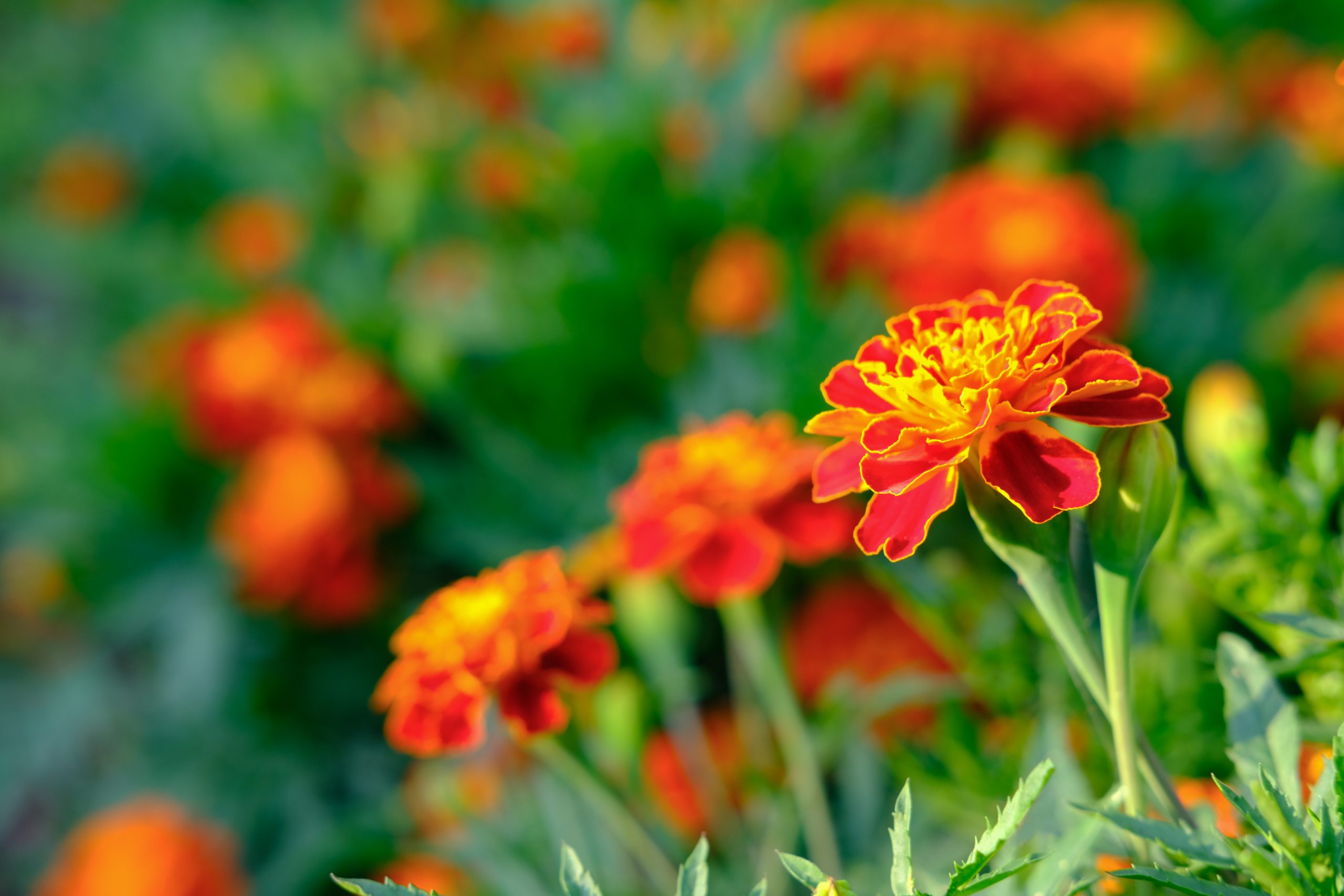
Signet marigolds are distinct for their lacy foliage and smaller, single-layer flowers. They come in shades of yellow and orange and have a charming appearance that makes them suitable for hanging baskets, borders, and as attractive edging plants. Interestingly, the flowers of signet marigolds are edible and have a slightly spicy flavor, adding a unique culinary aspect to your garden.
Mexican Marigolds (Tagetes lemmonii)
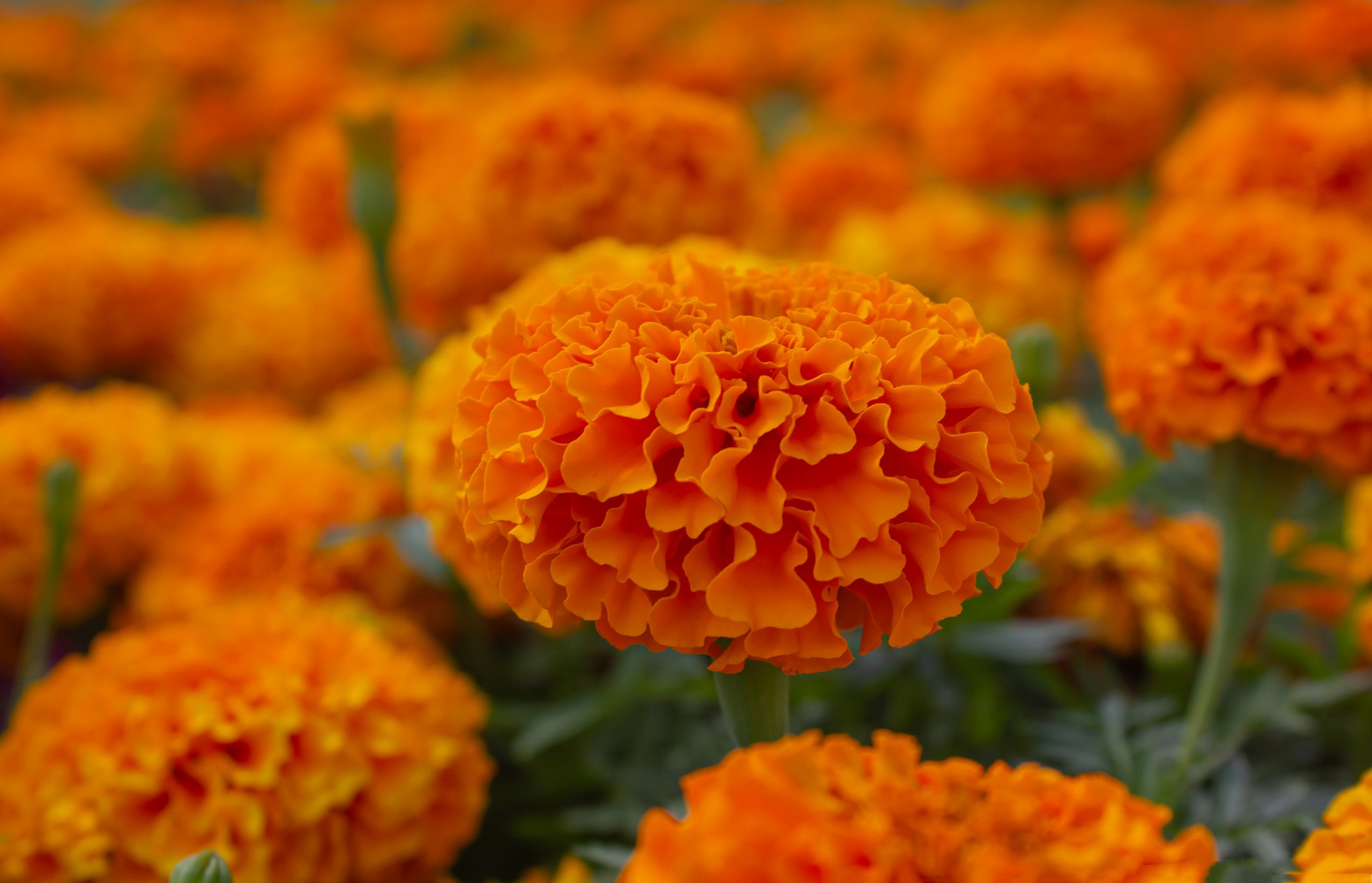
Mexican marigolds are a different species and are often grown as perennials in regions with mild winters (USDA hardiness zones 8-11). They are valued for their aromatic, lemon-scented foliage and bright yellow blooms. These marigolds can grow to be 4-6 feet (1.2-1.8 meters) tall and are commonly used for their fragrant qualities and as background plants.
Desert Marigold (Baileya multiradiata)
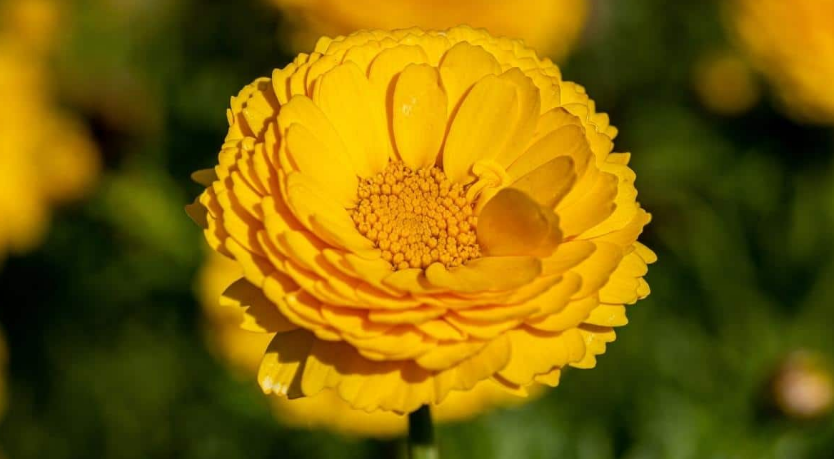
Desert marigold is also known as Desert Marigold or Desert Baileya. It's a wildflower native to the Southwestern United States and Northern Mexico. As the name indicates, this type of marigold is a super drought-tolerant and hardy perennial plant that is well-suited to arid and semi-arid regions.
Inca Marigolds (Tagetes inca)
Inca marigolds are a unique and lesser-known variety. They produce small, daisy-like flowers in vibrant shades of red, orange, and yellow. Inca marigolds are often grown for their charming, single-layer blooms and are suitable for containers, borders, and rock gardens.
What Are Perennials Marigolds
Perennial plants are the steadfast residents of the plant world, known for their longevity and enduring presence. Unlike annuals, which complete their lifecycle within a single year, perennials are hardy, returning year after year from their rootstock. These plants establish deep roots and develop woody stems or herbaceous growth, depending on the species.
Among all the marigold species covered above, only one main variety - Mexican Marigold is perennial. However, it does come with different branches such as the following two.
- Mexican Marigold (T. lemmonii)
- Mexican Mint Marigold (T. lucida)
What Are Annuals Marigolds
Annual plants germinate from seeds, grow, bloom, produce seeds, and then complete their plant life cycle, all in the course of one year. They are known for their rapid growth and ability to provide immediate visual impact. While their presence may be fleeting, annual plants make every moment count, showcasing nature's ever-changing tapestry.
Most of the marigold plants are annuals, including:
- French Marigolds (Tagetes patula)
- African Marigolds (Tagetes erecta)
- Triploid Marigold
- Signet Marigolds (Tagetes tenuifolia)
- Inca Marigolds (Tagetes inca)
Tips for Growing Marigolds: What Environment They Like
The growing experience of marigolds is typically easy - as long as you don’t make them suffer in extremely cold conditions. If you aim for a more rewarding adventure, the tips below are great endeavors.
Sunlight: Marigolds are sun-loving plants. They thrive in full sun, which means they require at least 6-8 hours of direct sunlight each day. Plant them in a location where they can bask in the sun's warmth, otherwise, apply an LED grow light for plants when encountering limited conditions.
You might be interested in: LED Grow Light vs. Sunlight
Soil: Marigolds prefer well-draining soil with a slightly acidic to neutral pH level, ideally around 6.0 to 7.0. Amending the soil with organic matter, such as compost, can improve soil structure and drainage. Avoid heavy or waterlogged soils, as they can lead to root rot.
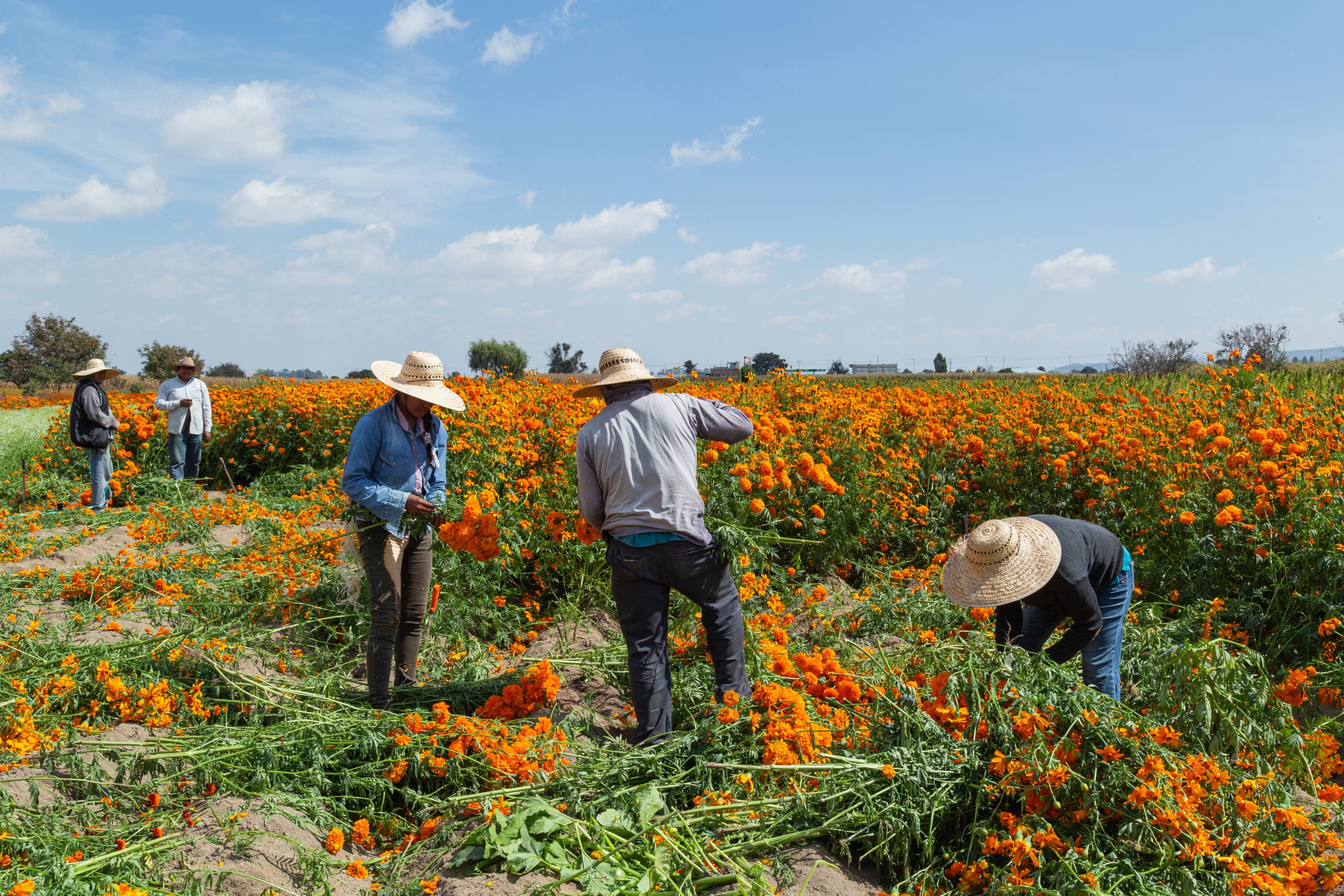
Watering: Marigolds have moderate water requirements. Water them consistently to keep the soil evenly moist, especially during dry spells. However, be cautious not to overwater, as marigolds are susceptible to root rot in overly soggy conditions.
Read also: How Often to Water Pothos
Temperature and Climate: Marigolds thrive in warm to hot climates. Plant them after the last frost date in your area, as they are sensitive to cold temperatures and frost. If you experience extremely hot summers, providing some afternoon shade can help protect them from scorching during peak heat.
Conclusion
To answer the question, "Are marigolds perennials?" - yes, Mexican Marigolds are perennials but most marigolds are annuals. While most marigold varieties complete their lifecycle in one year, Mexican Marigolds can behave as perennials in specific zones such as USDA hardiness zones 8-11. Regardless of their lifecycle, marigolds are a fantastic addition to any garden, offering both beauty and functionality. If you're looking to enjoy their blooms year after year, simply collect their seeds at the end of the season and plant them again the following year.
FAQs about Are Marigolds Perennials
- Does Marigold come back every year?
Most marigolds are annuals, which means they won’t come back the next year after they complete the first one. However, there are some perennial marigolds, such as the Mexican marigold (Tagetes lemmonii), that can come back year after year in suitable climates (typically USDA Zones 8-11).
- What type of marigolds are perennials?
The Mexican marigold (Tagetes lemmonii) is a well-known perennial marigold. It's hardy in USDA Zones 8 to 11 and can return each year in these regions. There are a few other less common perennial marigold species as well such as the Mountain marigold.
- Do marigolds like sun or shade?
Sun. Marigolds are warm-season plants that thrive in full sun and require at least 6-8 hours of direct sunlight daily. While they can tolerate some light shade, they perform best in sunny locations.
- Is a marigold a permanent plant?
Not really, as the majority of marigolds are annuals, meaning they complete their lifecycle in one year, from germination to seed production.




